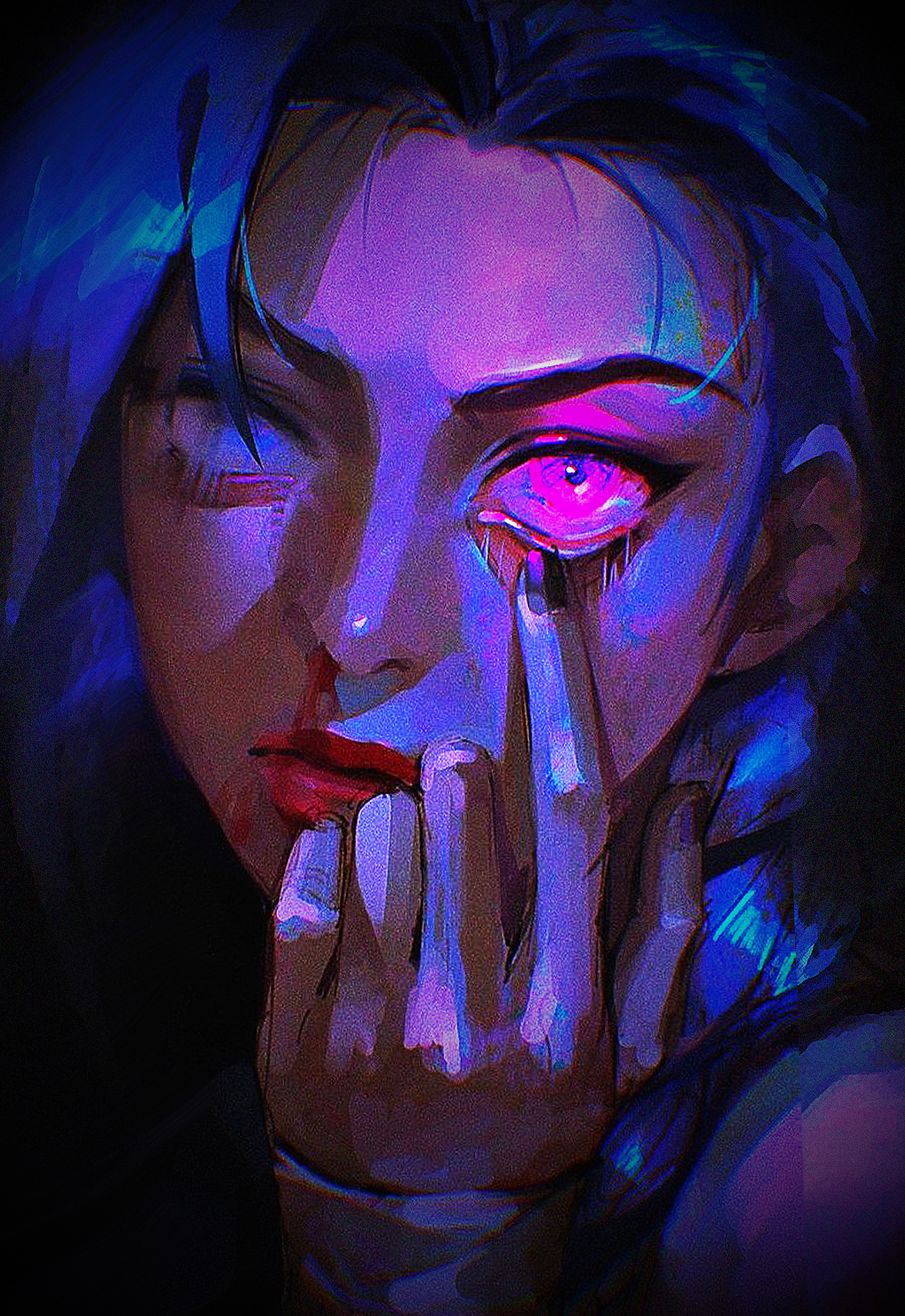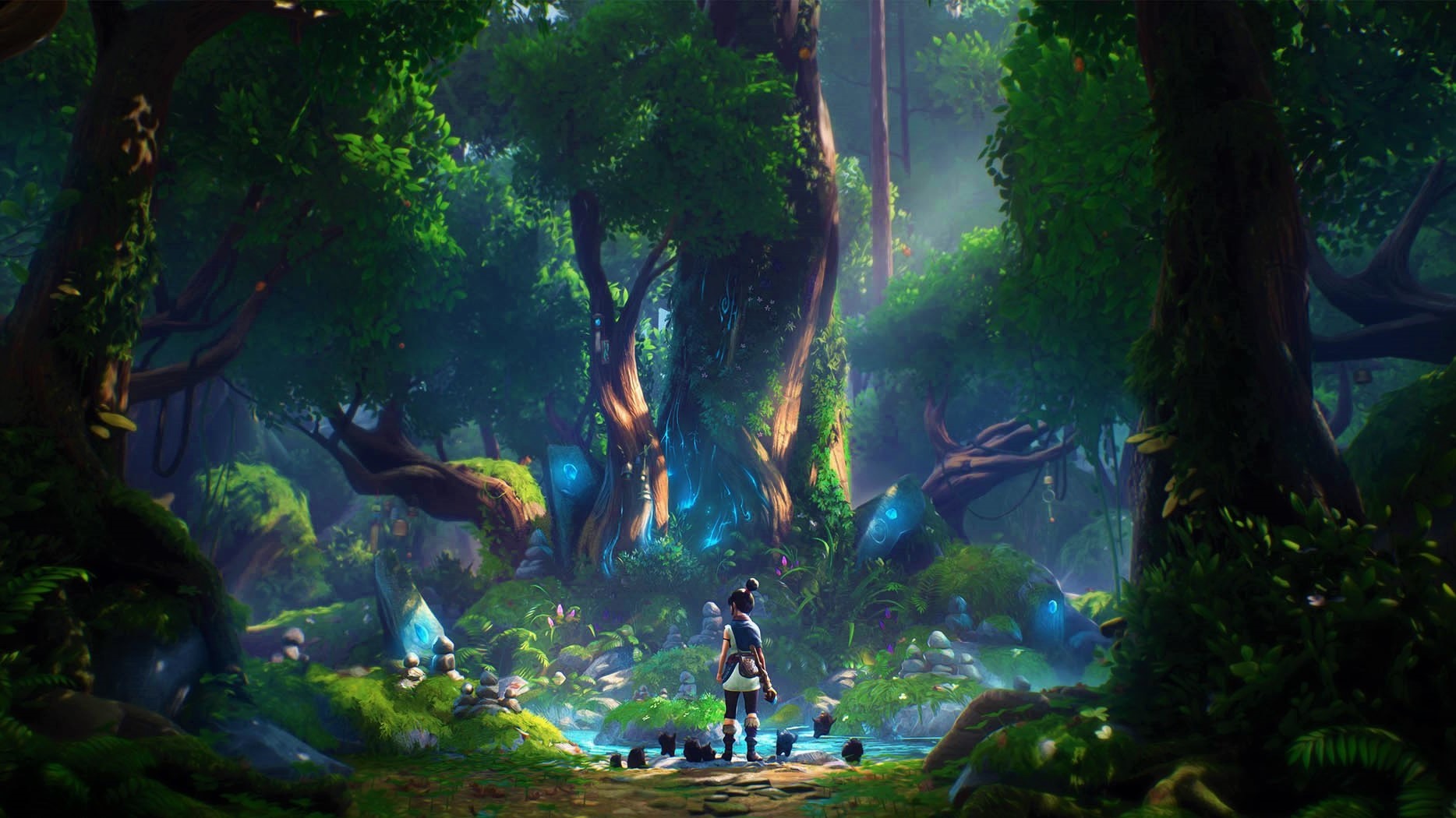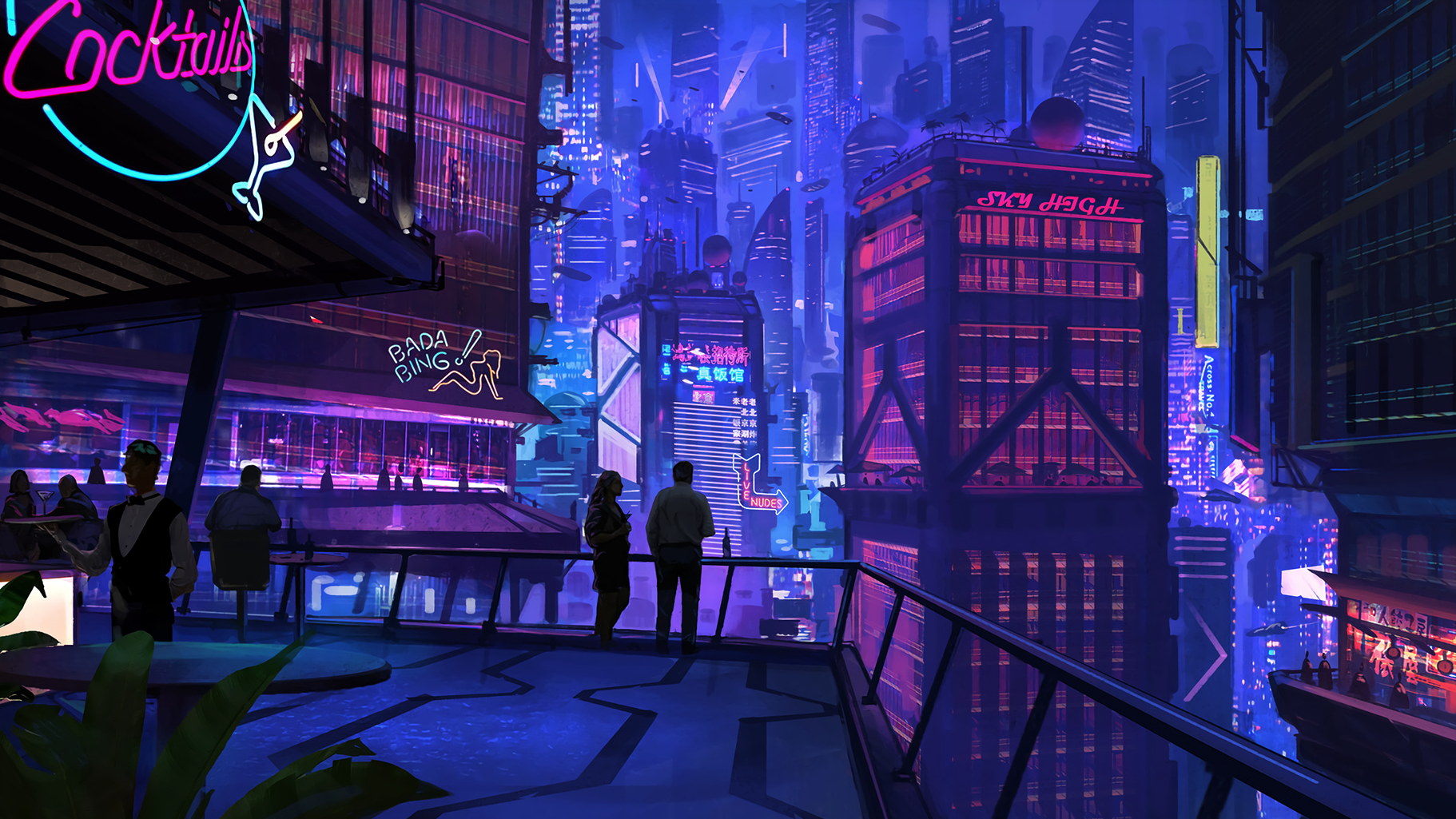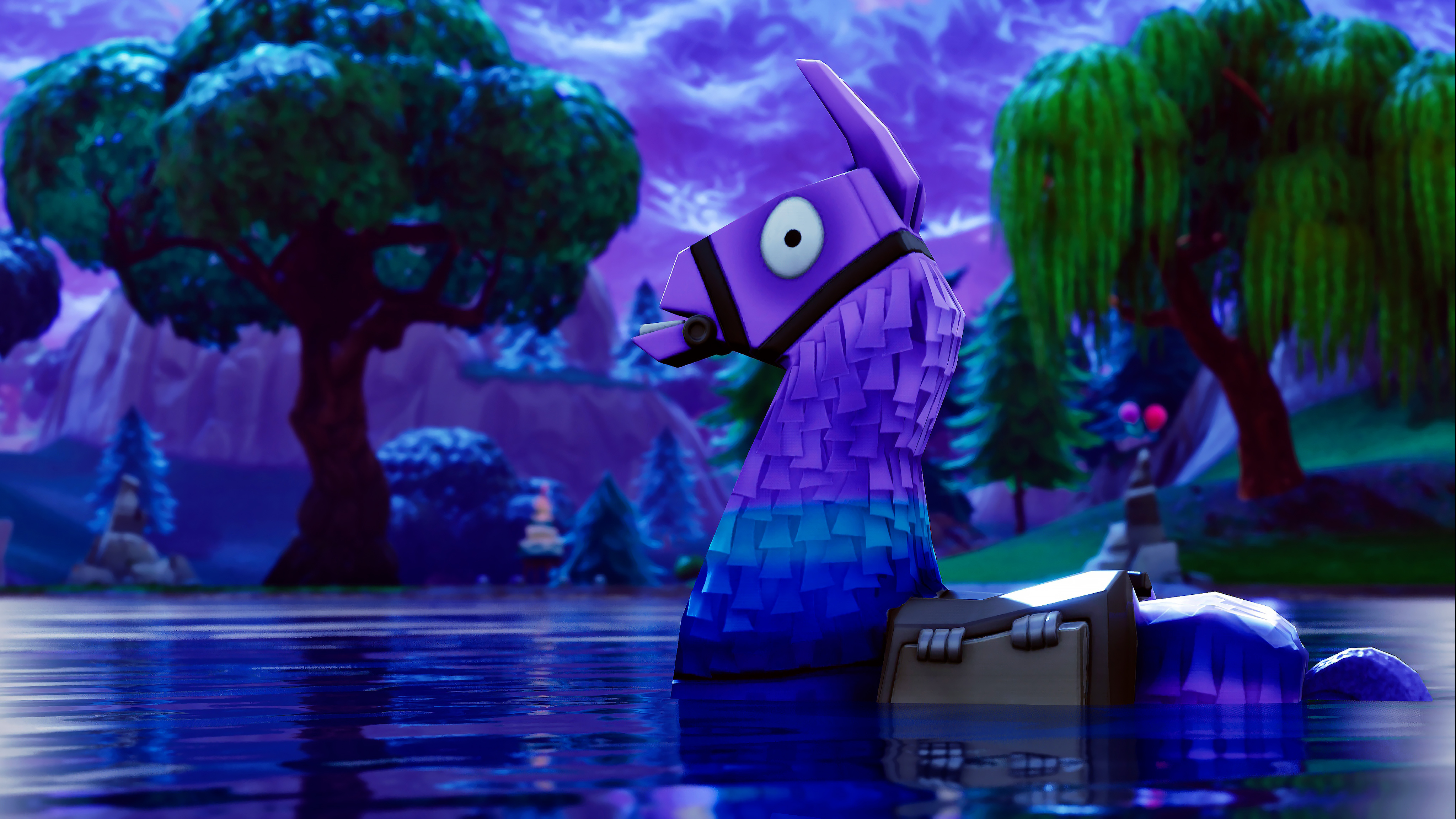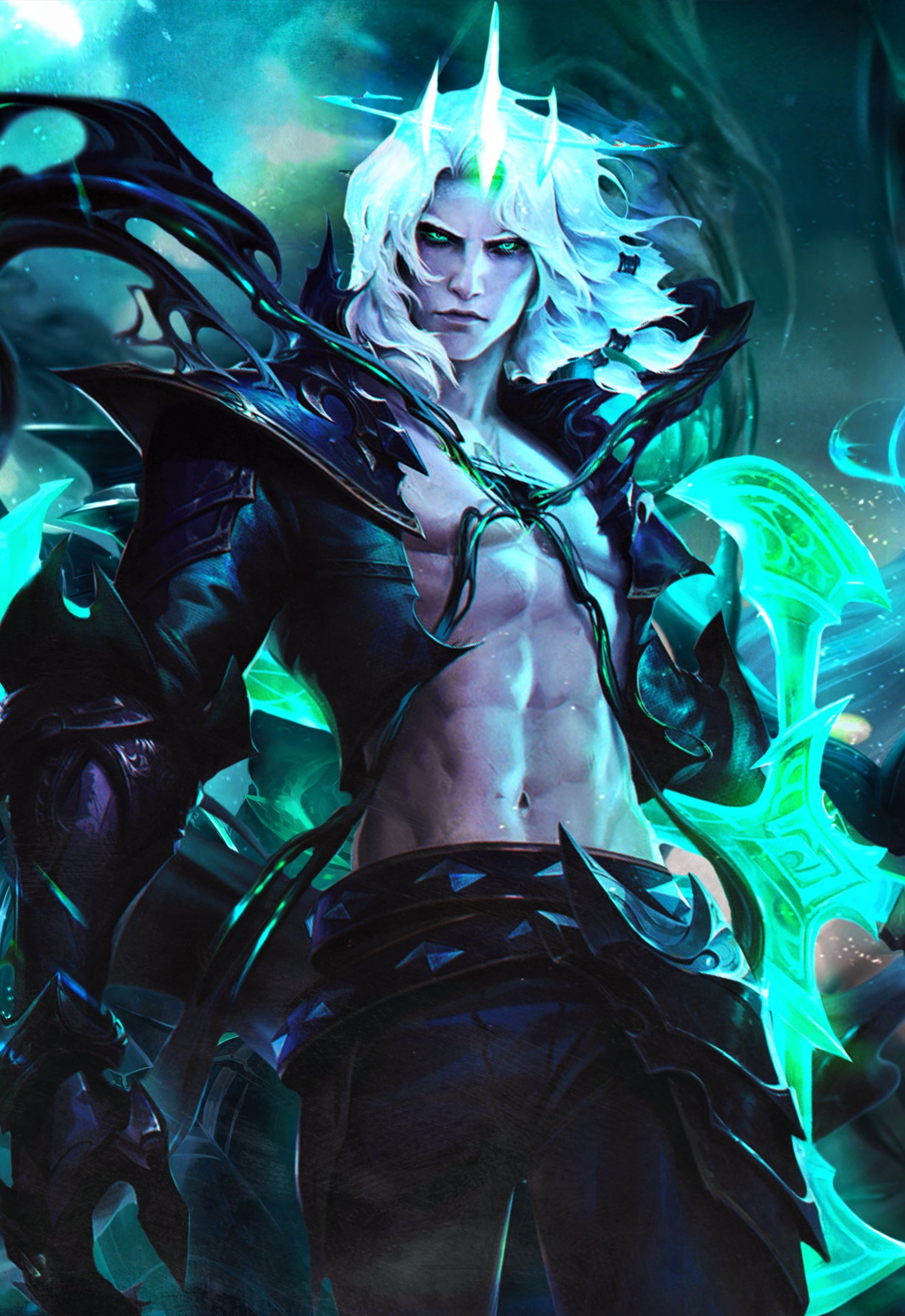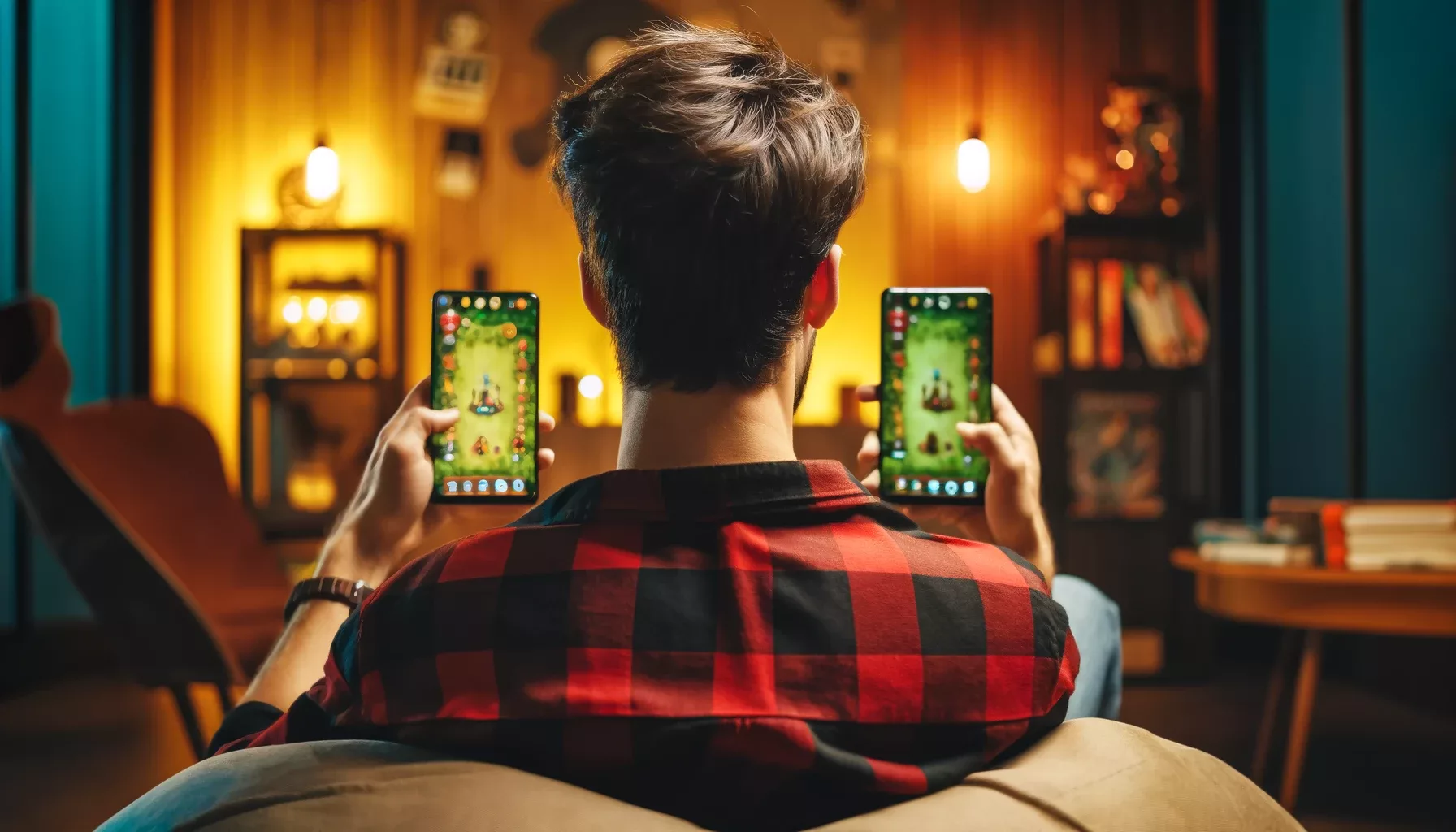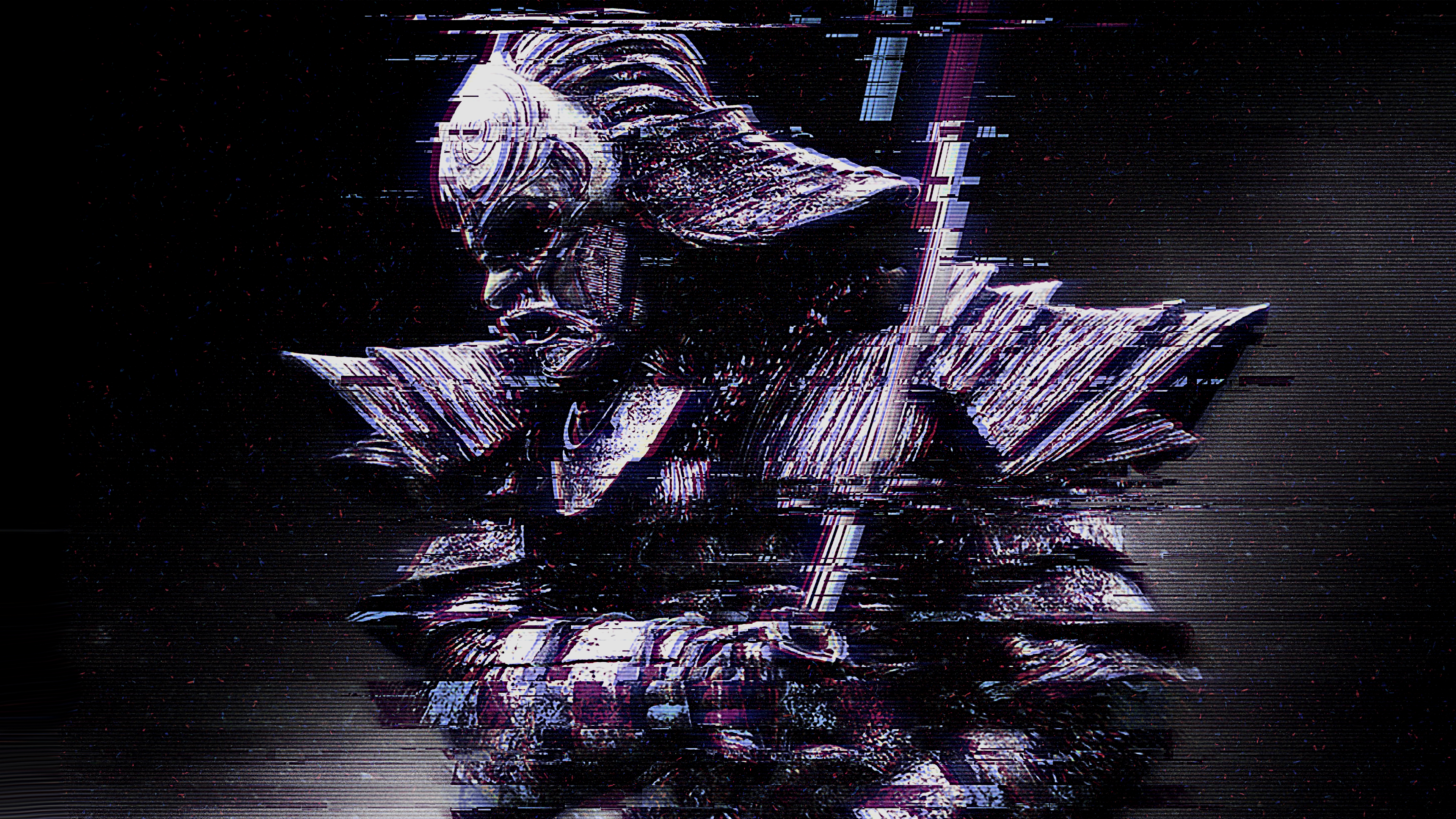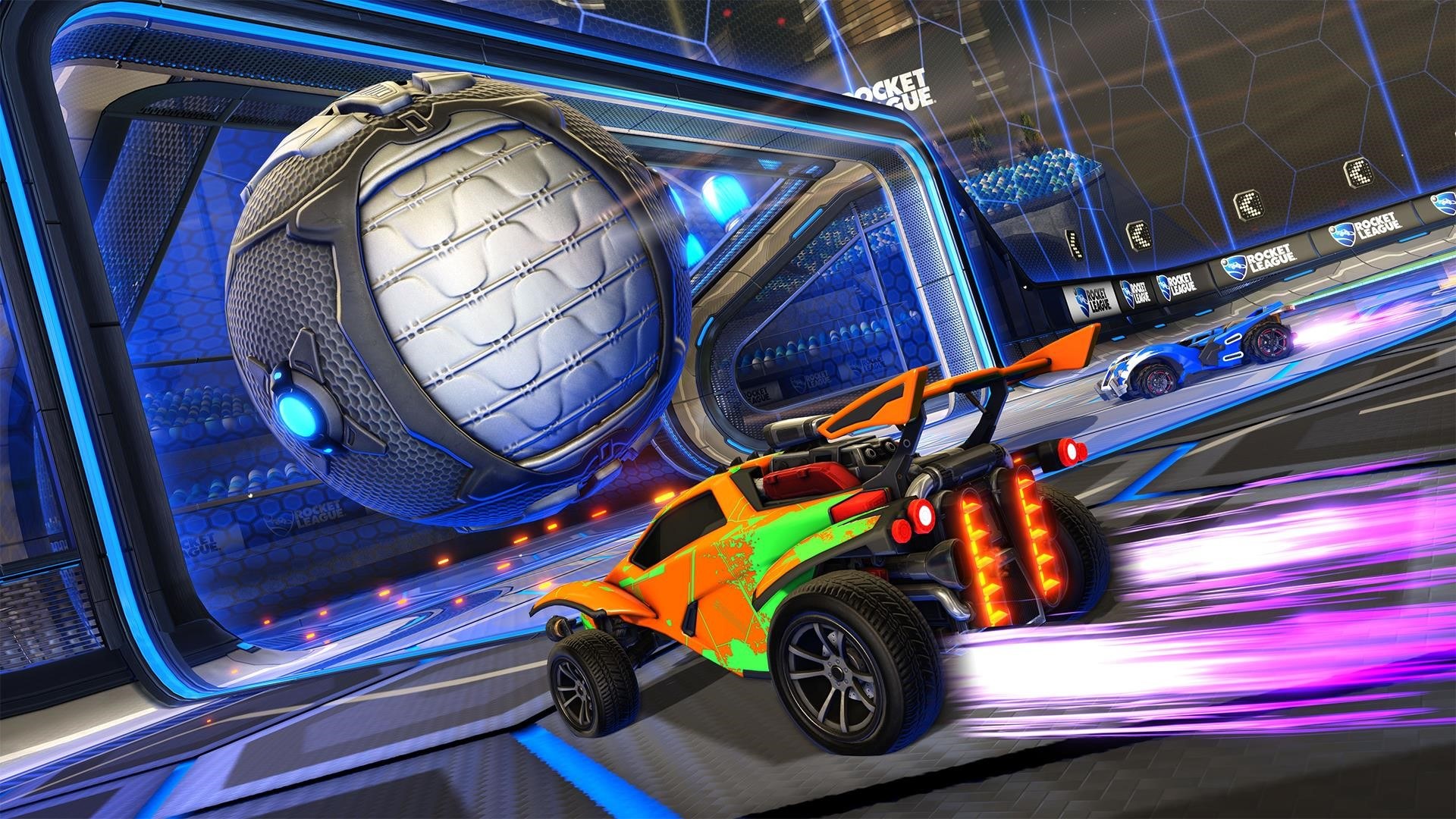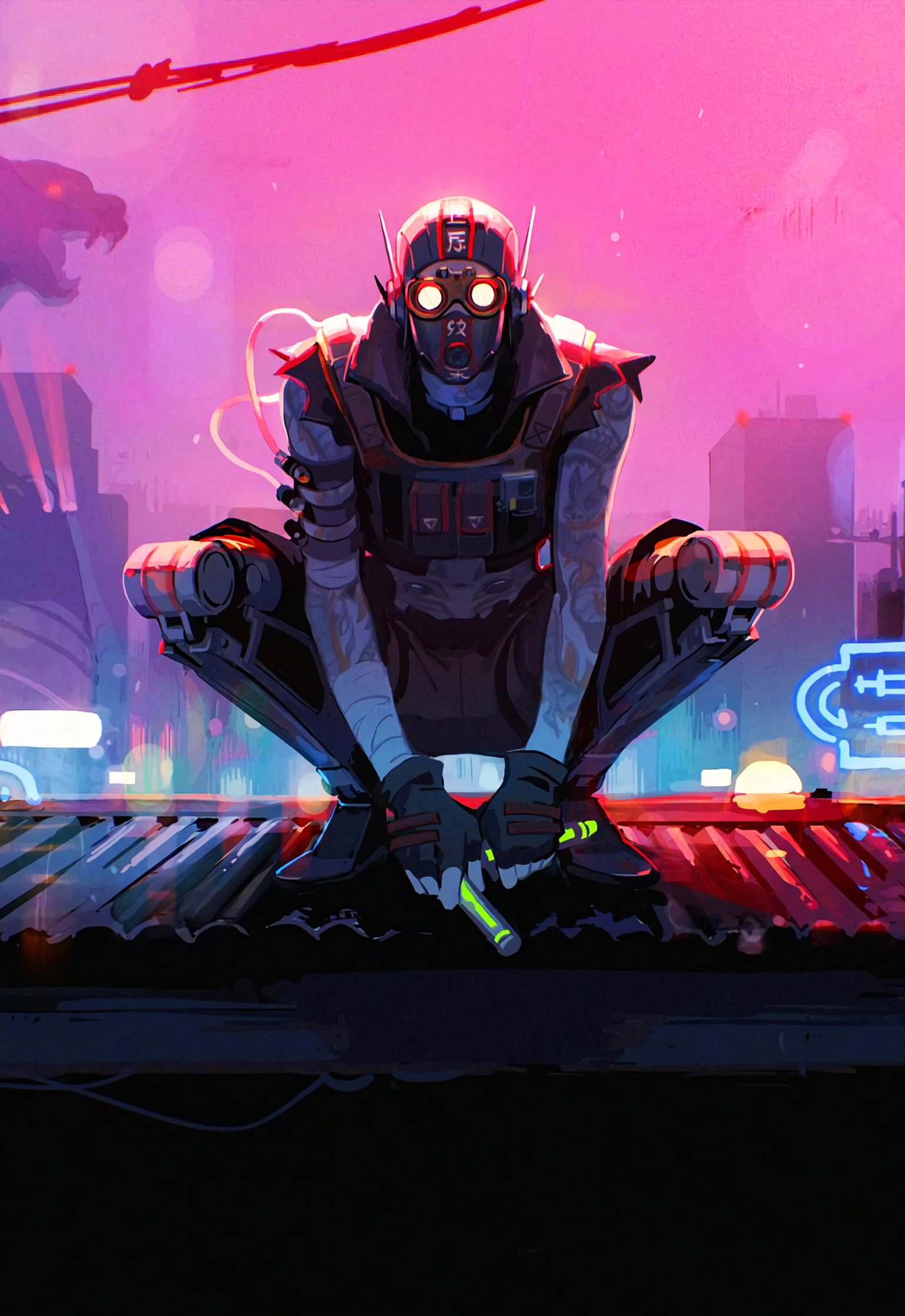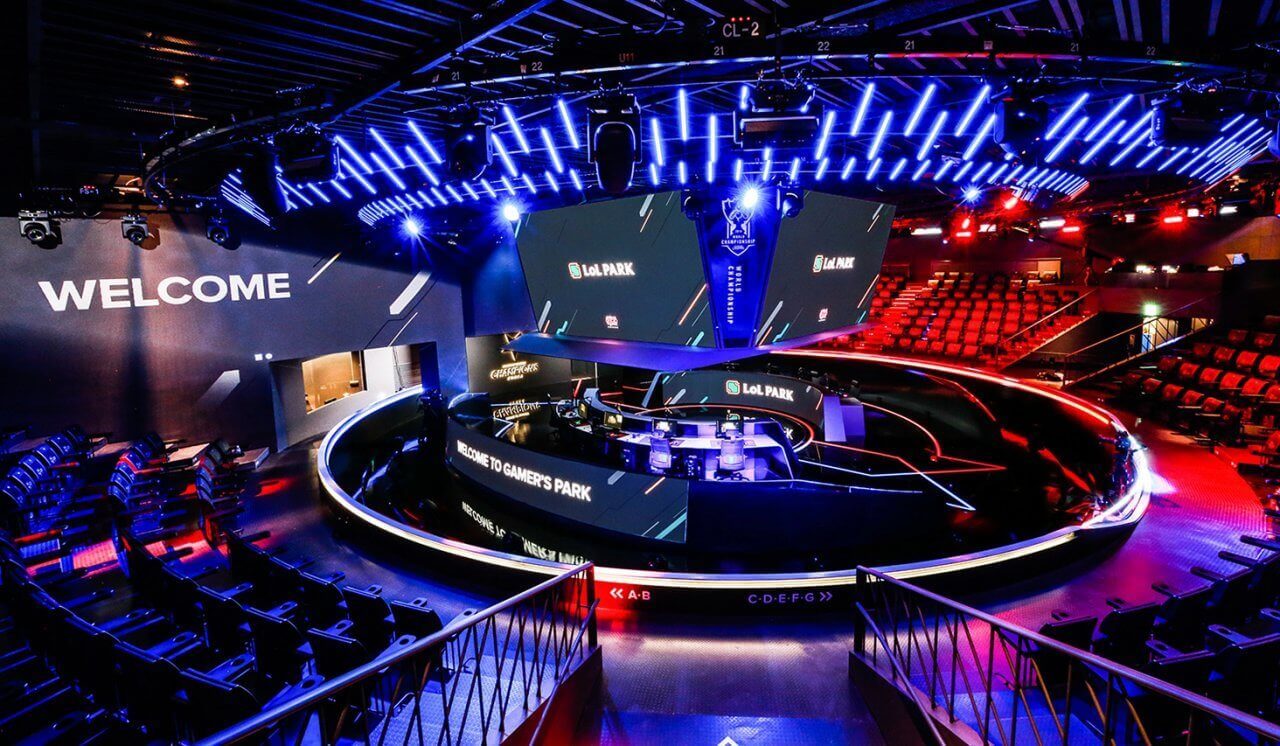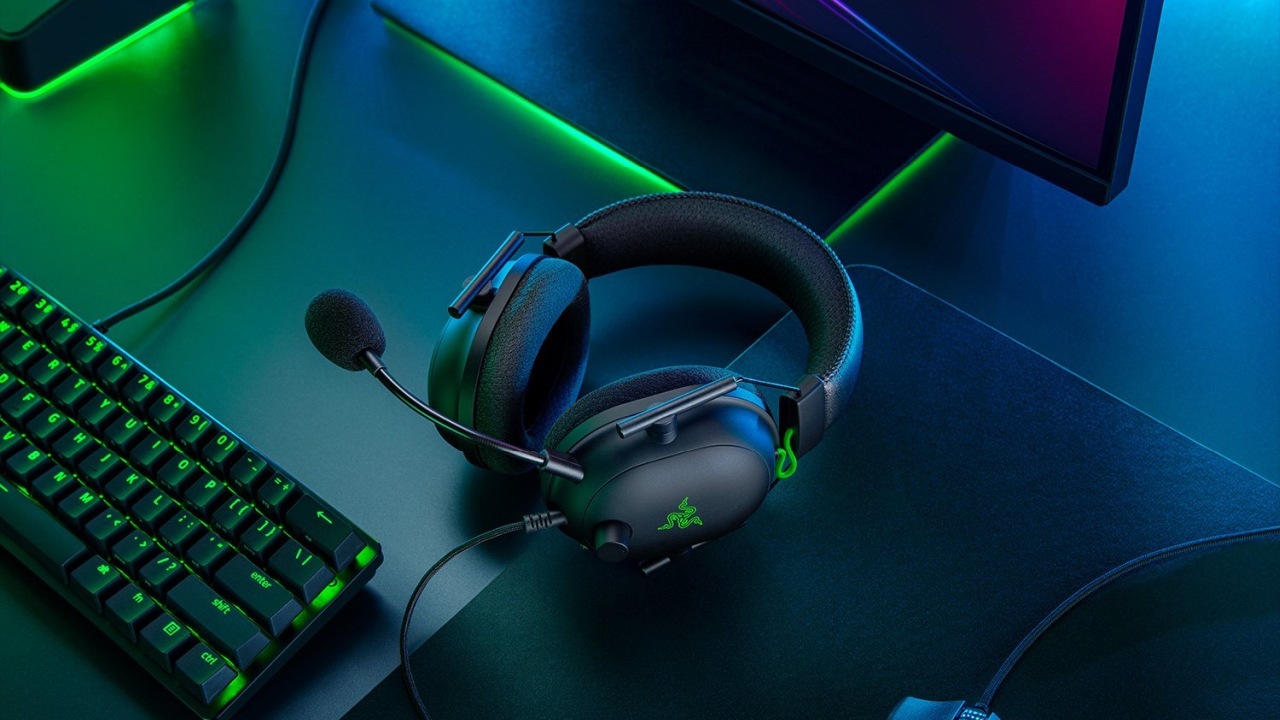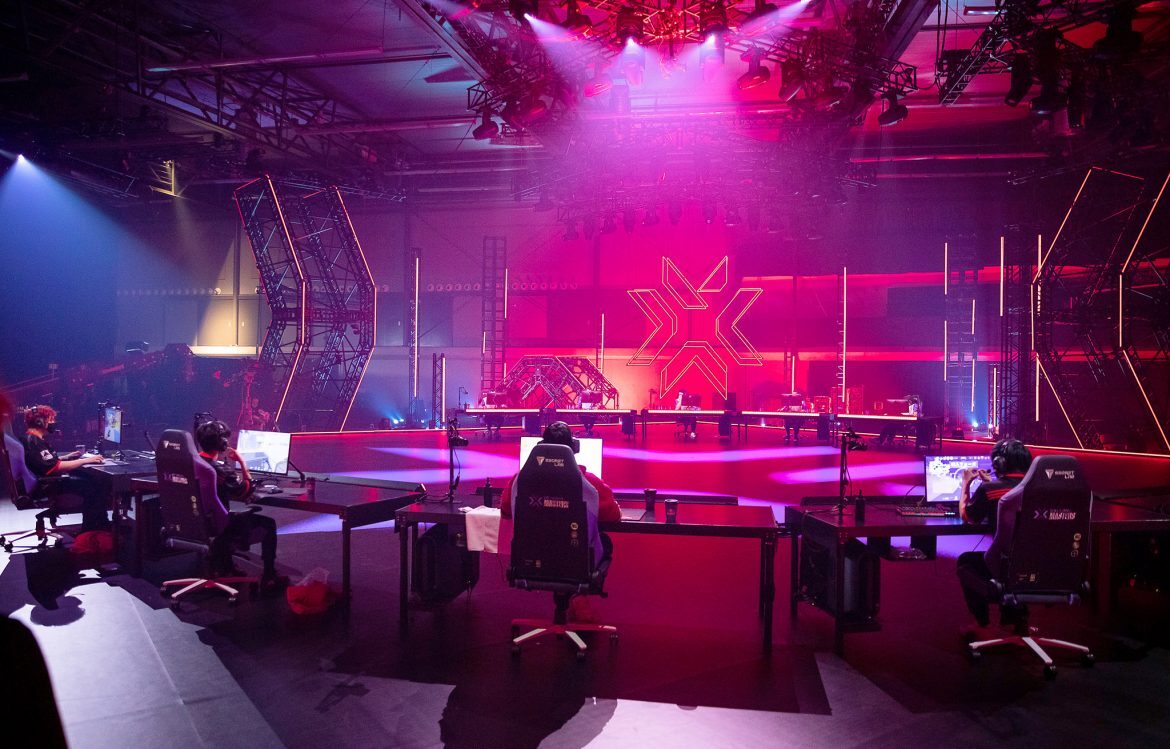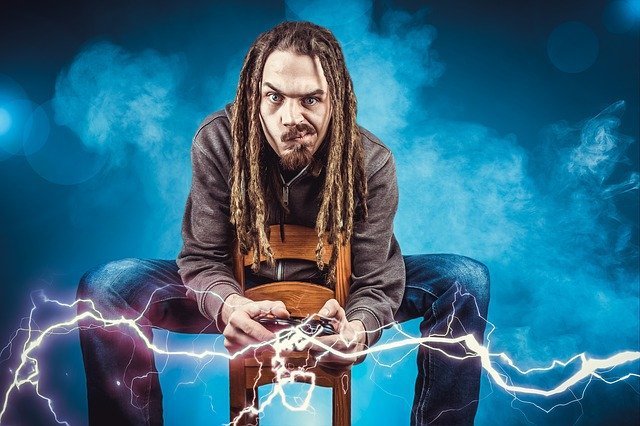
Esports as an industry is by no means without controversy – between scandals, cheating allegations and legal uncertainties, there is much to discuss. One of the most well-known and well-documented issues is one that has been around for as long as online gaming has been – toxicity.
What is toxic behavior?
While the exact definition of what constitutes toxicity is up for debate, its presence isn’t. It’s been a consistent problem since the very beginning, and one that’s caused a fair number of issues. Toxicity comes in various forms – racism, sexism, plain nastiness and more – and they have caused problems across various esports. In extreme cases, it goes as far as death threats and doxxing (maliciously leaking personal details online).
Insults, discrimination, a systematic culture of abuse and cyberbullying are all symptoms of toxicity – and they happen regularly. On rare occasions, even pro players exhibit such behavior – thankfully, they are almost always punished for this type of behavior.
More interestingly, being “toxic” is often seen by gamers themselves as part of the “gamer style” and considered not just the norm, but the standard to live up to.
Lack of equality
Toxic slurs are most often directed at minorities – in fact, esports can often be an outright hostile environment for people of color. Esports is still lacking in diversity, and many players experience toxicity on their journey to pro.
Women are no exception. An example of this would be Xiaomeng “VKLiooon” Li, a Hearthstone player at the highest level. She won a Grandmasters competition in 2019 and was the first woman to ever win one, along with being the first woman to win a Finals event at BlizzCon. She actively spoke out for women in esports:
“I want to say to all the girls out there that have a dream for esports competition: If you want to do it and believe in yourself, you should just forget your gender and go for it. As long as you want to play well you can, no matter what gender you have.”
She puts a face to the voice of women in esports – a still strongly under-represented group. Of course, it’s not just limited to women – anyone can find themselves facing this behavior – and it’s often excused as par for the course.
Facilitated by anonymity
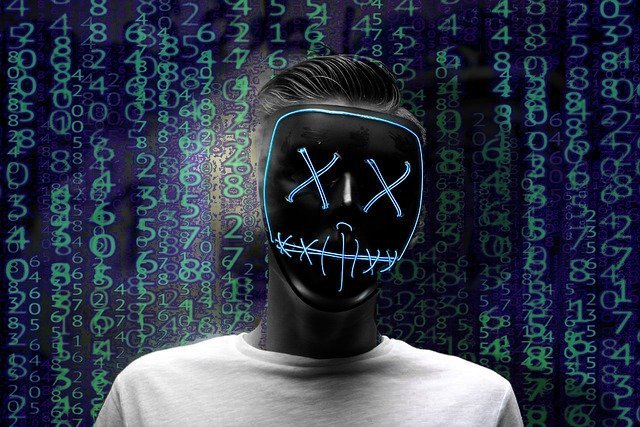
One of the biggest factors facilitating toxicity is the anonymity of online behavior. The harassed can’t retaliate, don’t have easy ways to fight back, or even to stop the behavior. Even if they can, the abuser can simply move on to the next game without any repercussions.
It’s easy to see other players not as people but just as nameless, faceless entities that exist around the toxic player – and with no fear or repercussion, they can take their frustrations out on others by verbally assaulting, or even threatening them. And by “repercussion” we don’t mean a punishment but rather the usual disapproval we tend to have in society around what is considered acceptable: a good tone, being civil, respecting others. On the internet, there is no such deterrent.
The toxicity that is prevalent in esports is even often cited as a factor in the debate of whether or not video games encourage violence in real life.
Scandals and punishment
While it’s difficult to gauge just how common toxic behavior is among casual players (no company has ever released that data), it’s easier to see at a professional or at least streamer-level. There have been several incidents of streamers using derogative slurs, and thankfully, they are often punished with a ban.
Pro players also often experience these behaviors when they play – Sasha “Scarlett” Hostyn, a transgender StarCraft 2 player regularly draws such behavior when she streams – but pro players aren’t always the victims in these scenarios.
Scottish Rainbow Six Siege player Jack “Doki” Robertson, for example, was banned by both Ubisoft and ESL for “severe toxicity”. However, he showed remorse and apologized, but not everyone does.
In case you weren't aware I was banned for toxic behaviour. I'm at fault for past cases of toxic offences.People that know me or follow my stream will know that I'm not a bad person at heart. I can get emotional at times but there's never any malicious intent behind my words.
— Doki (@Doki_R6) October 11, 2019
In a scandal in 2018, some high-level Fallout 76 players were banned due to homophobic attacks in the game. It took a fair while due to lack of reporting tools for the victim to see his attackers punished – the ringleader showed no regret. In fact, he uploaded a video titled “Cleansing of the queers” in which he verbally assaulted and attacked the character of the victim:
"It was just a late night of having fun and after the first encounter (seen on my channel) we felt it would be fun to offend them somehow. You can call that evil but I think it's just playful immaturity. I do not regret the incident. I will not apologize, given the opportunity. I don't plan on doing anything like this in the future but to be fair I didn't plan the initial incident, I just found them and decided to go through with it."
Measures against toxicity
Thankfully, it’s not a lost cause – some people and organizations are actively combatting toxicity, and it is helping. Game publishers like Blizzard, for example, provide extensive reporting tools and even implemented a reputation system after the launch of Overwatch in order to make it easier for players to avoid toxic people, though many vocal voices in the gamer community attributed this to censorship.
Bethesda failed to do so in Fallout 76 (among other things) but many multiplayer games already offer adequate tools to combat toxicity. As a matter of fact, most large game publishers go out of their way to make it possible for players to report and avoid toxic players.
Even outside of that, there are activists and organizations drawing attention to the fact that toxicity continues to be a problem. One example of this is UNICEF – they partnered with Fnatic in order to draw attention to the problem of toxicity in esports.
As part of the partnership, the two organizations hosted fundraisers, created a hashtag on Twitter and held special streams in order to raise awareness. The issue of toxicity is also actively being studied by researchers across the globe – the gaming community is actively working together with other elements in the esports world in order to find a more permanent and effective solution to the problem than to simply ignore what is happening.
The question remains – is this the right way to go about it? In a contrarian society, it’s easy to see such measures as “the enemy” and push people more to the extreme. Time will tell.
